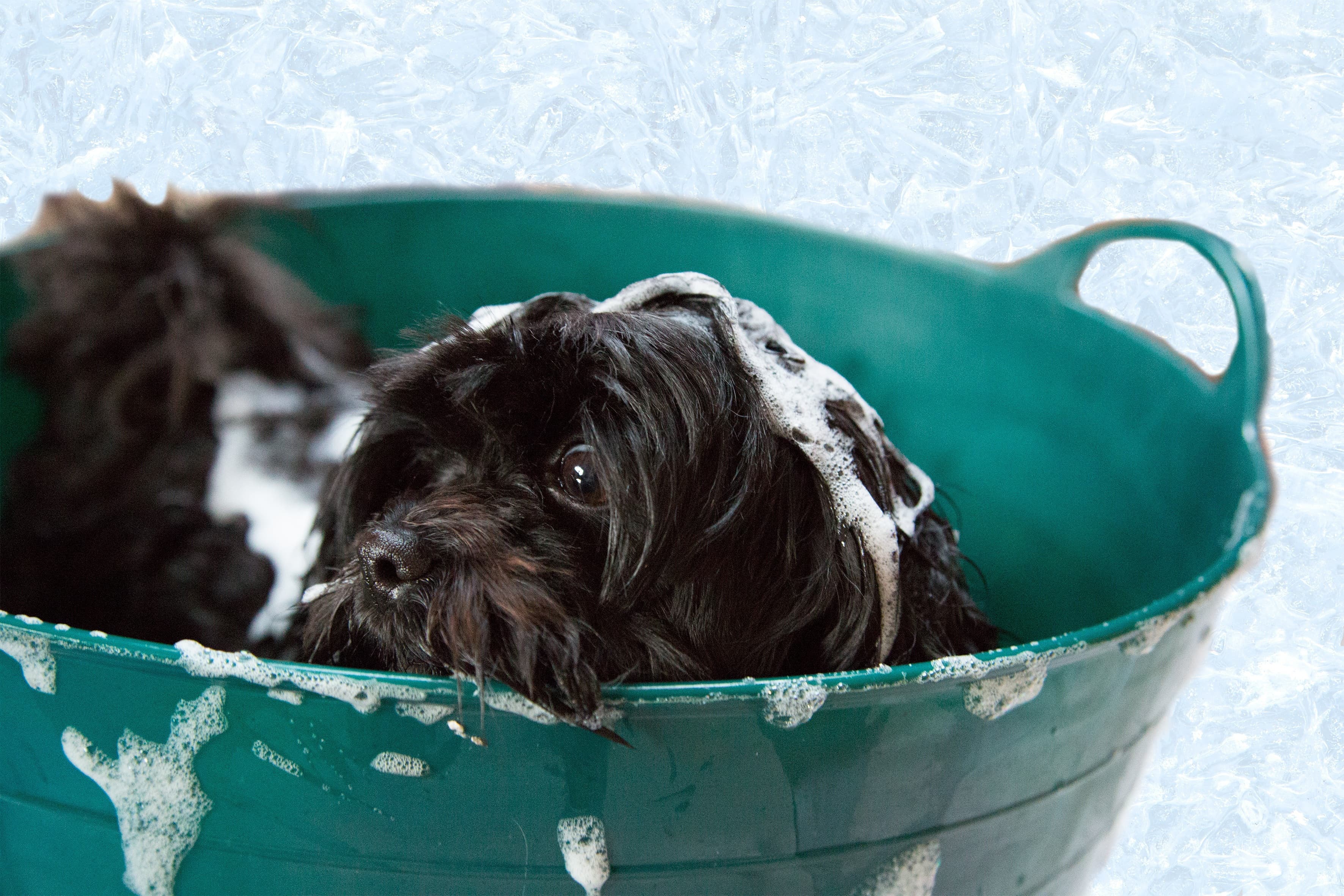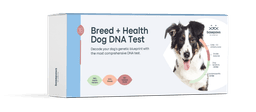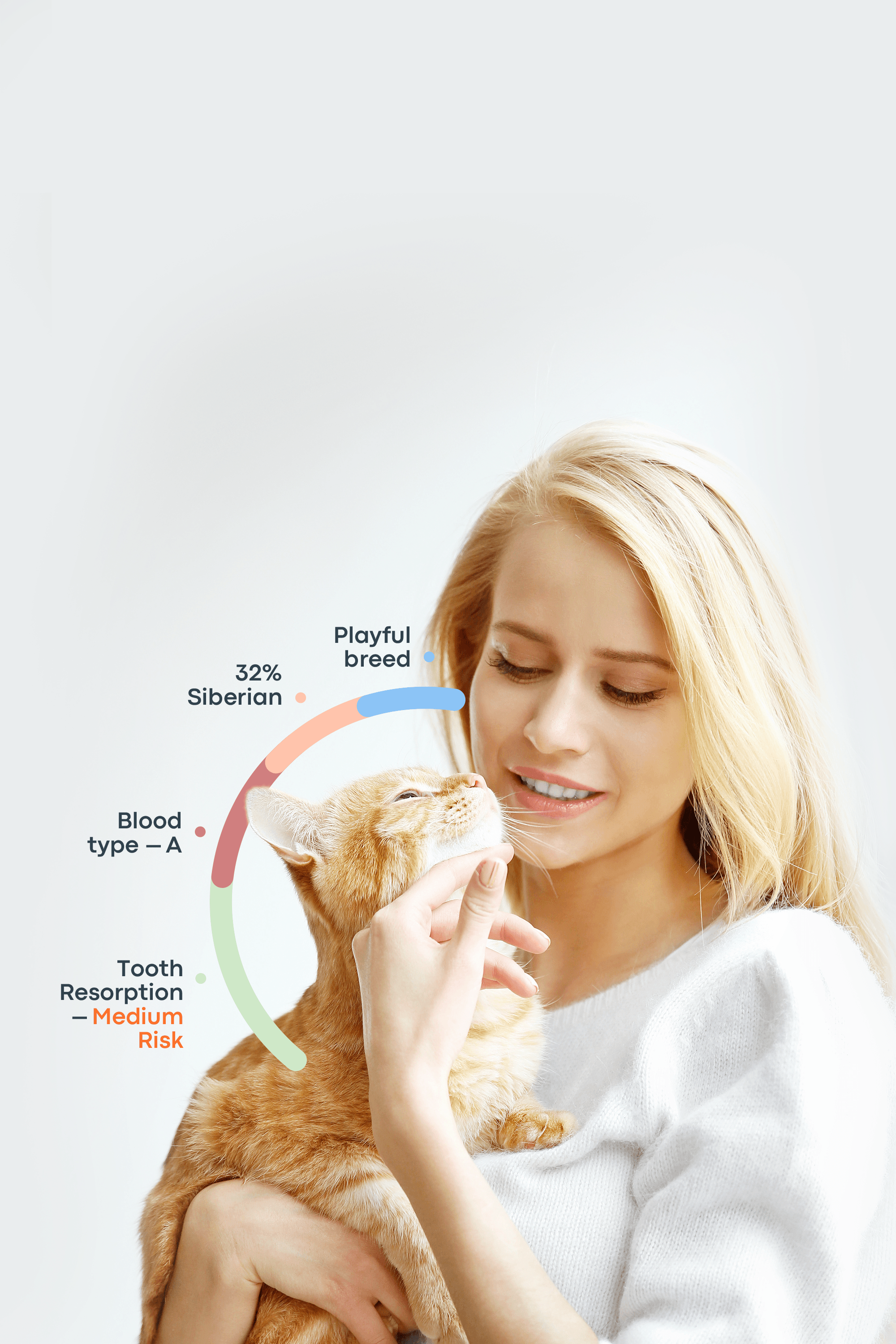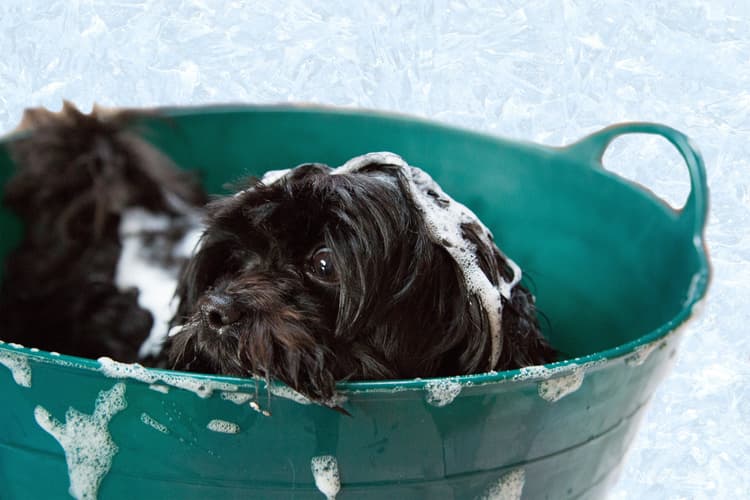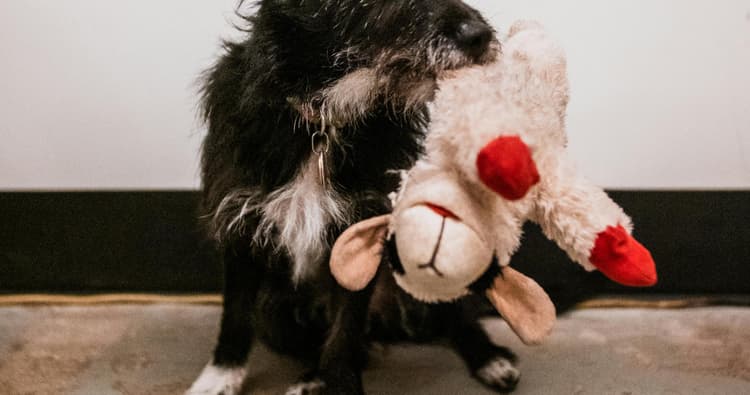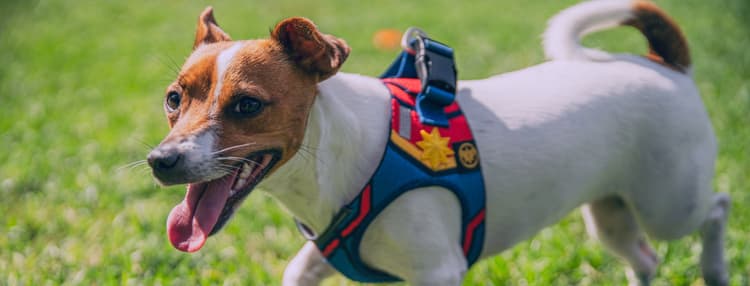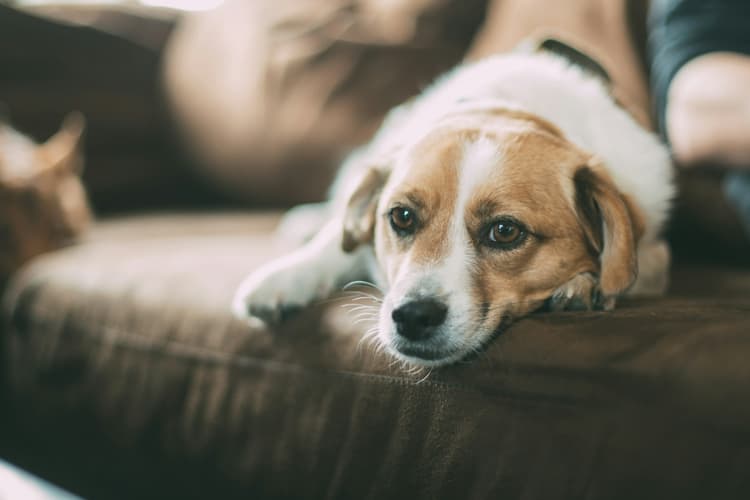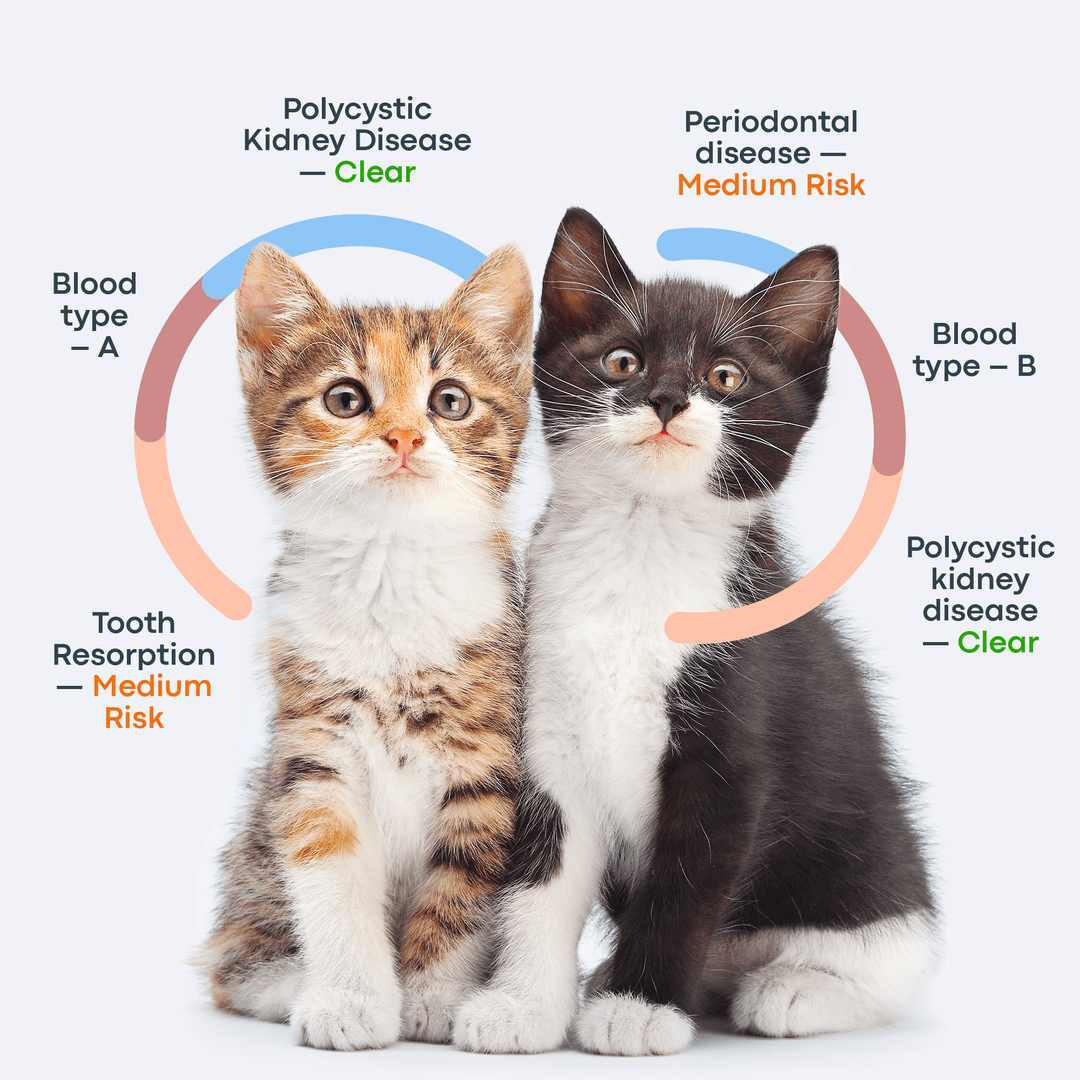Is your home pet-friendly but not always fresh-smelling? It doesn’t have to be that way! While dog odors are completely natural, you don’t need to live with them—or worry about what your guests might think.
This guide on how to get dog smell out of house shares simple, affordable, and science-backed methods to eliminate pet odors for good. These techniques work quickly, keep your home smelling fresh longer, and are easy to maintain. With just a bit of consistency, you can enjoy a space that’s both pet-loving and beautifully fresh—every single day.

Why Does My House Smell Like a Dog?
If you’ve ever caught yourself thinking, “My house smells like dog!” — you’re not alone. Even the cleanest pet-friendly homes can develop that distinct odor over time. Understanding where the smell comes from is the first step toward getting rid of it.
Oil & Dander
Dogs naturally produce skin oils that keep their coats soft and healthy, and they shed tiny flakes of skin called dander. Over time, these oils and flakes mix with dirt, saliva, and dust, creating the familiar “doggy smell.” Moisture, sweat glands, and everyday environmental buildup can make this scent stronger—especially in humid weather or after your dog plays outside.
Tip: Regular grooming and brushing help reduce oil buildup and remove loose hair before it spreads around your home.
Saliva, Breath, & Ear Wax
Bad breath or excessive drooling can make a big difference in how your home smells. When saliva seeps into bedding, toys, or furniture, it can cause odors that linger if not cleaned regularly.
Dogs with ear infections or yeast buildup may also have a musty or sour smell. Because dogs often shake their heads or rub against furniture, these odors can spread throughout the room.
Tip: Regular dental care and ear cleaning can prevent bacteria and yeast from causing persistent smells.
Dog Beds, Toys, & Blankets Absorb Odors
Fabrics absorb odors quickly. Items your dog uses daily—beds, toys, and blankets—soak up body oils, saliva, and dander, creating a concentrated source of odor. Even after cleaning other areas, these items can reintroduce smells to your home.
Tip: Wash your dog’s bedding and soft toys weekly with a mild, pet-safe detergent.
Accidents (Urine & Vomit)
Even well-trained dogs can have occasional accidents. Urine and vomit can seep deep into carpets, upholstery, or floor cracks, leaving behind bacteria and a strong, lingering odor if not cleaned right away.
Tip: Use enzymatic cleaners specifically made for pet messes—they break down odor-causing compounds instead of just masking the smell.
Poor Ventilation
Without proper airflow, pet odors can become trapped, even in a clean house. Stale indoor air allows smells from fur, bedding, or accidents to linger longer.
Tip: Open windows regularly, use air purifiers with HEPA filters, and replace HVAC filters often to keep air fresh.
How to Get Rid of Dog Smell in House Fast

Open Windows Immediately
One of the fastest ways to eliminate dog smell in house is to let in some fresh air. Opening your windows creates natural air circulation that helps push out trapped smells, moisture, and airborne particles while bringing in clean outdoor air.
Even five to ten minutes of cross-ventilation—opening windows on opposite sides of a room or your home—can noticeably refresh the space. Regularly airing out your home also helps reduce humidity, which prevents odor-causing bacteria and mildew from thriving.
Tip: Try airing out your home daily, especially after cleaning, bathing your dog, or during damp weather.
Use Baking Soda and Vinegar
When it comes to how to get pet smell out of house, the best solutions are often found right in your kitchen. Baking soda and vinegar are two natural, inexpensive ingredients that work wonders together.
Baking soda neutralizes and absorbs odors from carpets, fabrics, and upholstery.
Vinegar helps kill bacteria, cut through grime, and freshen up the air.
Together, they make powerful DIY cleaners, sprays, and deodorizers that keep your home smelling clean—without harsh chemicals. Below are a few proven recipes you can easily try at home.
Vinegar & Baking Soda Spray
You’ll need:
1 cup distilled white vinegar
1 cup water
1 teaspoon baking soda
10 drops of pet-safe essential oil (lavender or lemon are great options)
Directions:
Mix gently in a spray bottle, adding baking soda last and slowly to prevent fizzing. Lightly mist fabrics, dog beds, or the air around the house.
Avoid spraying directly on your pet or near sensitive surfaces like wood or leather.
Citrus Fresh Air Spray
You’ll need:
1 cup water
2 tablespoons lemon juice or 10 drops of lemon essential oil
1 tablespoon baking soda
Directions:
Shake well before each use. Spray throughout your home for a bright, clean scent that helps neutralize lingering odors.
DIY Carpet Refresher
You’ll need:
1 cup baking soda
10–15 drops of pet-safe essential oil (lavender, chamomile, or sweet orange)
Directions:
Combine ingredients and mix well. Sprinkle the powder evenly over carpets or rugs. Let it sit for 15–20 minutes, then vacuum thoroughly.
This refreshes fibers and removes deep-seated pet odors.
DIY Laundry Booster
You’ll need:
½ cup baking soda or ½ cup distilled white vinegar
Directions:
Add baking soda directly to the wash cycle, or pour vinegar into the fabric softener compartment. Both help neutralize pet odors, soften fabrics, and leave laundry smelling naturally clean.
Target Fabrics First
If once again you catch yourself thinking, “My house smells like dog,” the first place to start is with fabrics. Soft materials like blankets, rugs, and upholstery absorb your dog’s natural body oils, dander, saliva, and moisture—making them one of the biggest sources of lingering odors.
Washing removable covers, throw blankets, and your dog’s bed regularly helps eliminate odors at the source rather than just covering them up. Use a mild detergent or a pet-safe laundry booster (like baking soda or vinegar) to break down oils and bacteria trapped in the fibers.
Keeping fabrics clean not only makes your home smell fresher for longer but also prevents odors from building up again—especially in areas where your dog loves to nap.
Tip: Vacuum fabric furniture and curtains weekly to remove pet hair and dust before washing.
Vacuum Thoroughly
Regular vacuuming is one of the most effective ways to control and prevent dog odors in your home. It physically removes pet hair, dander, dried saliva, dirt, and other odor-causing particles that settle into carpets and upholstery over time.
Using a vacuum with a HEPA filter is especially beneficial—it captures even the smallest allergens, bacteria, and mold spores, keeping them from recirculating into the air. This not only helps your home smell fresher but also supports better air quality, particularly for allergy sufferers.
For the best results, vacuum two to three times per week, focusing on high-traffic areas, rugs, upholstery, curtains, and hidden spots like under furniture or behind pet beds—anywhere your dog spends a lot of time.
Tip: Empty the vacuum canister or replace bags regularly, as trapped pet hair and debris can start to smell if left inside.
Air Purifiers & HEPA Filters
If dog odors seem to linger no matter how much you clean, an air purifier with a HEPA filter can make a noticeable difference. These devices capture dander, pet hair, and microscopic particles that carry odors, preventing them from circulating throughout your home.
By continuously cleaning the air, HEPA purifiers help your home feel fresher, healthier, and more comfortable—especially for allergy sufferers or households with multiple pets. For best results, choose a purifier rated for your room size and replace the filters as recommended by the manufacturer.
Tip: Place purifiers in the areas where your dog spends the most time, such as the living room or bedroom, to keep the air consistently clean.
Quick Grooming Fix
When your house smells like dog, sometimes the simplest solution is to start with your pet. Regular grooming helps reduce odor at its source by keeping your dog’s coat and skin clean.
According to the American Kennel Club (AKC), most dogs benefit from a bath every 4 to 6 weeks, though the ideal frequency depends on your dog’s breed, coat type, and lifestyle. Dogs with oily or long coats—or those who spend a lot of time outdoors—may need more frequent baths. Short-haired or mostly indoor pets can usually go a bit longer.
Between baths, use pet-safe wipes or dry shampoos to absorb excess oils and neutralize mild odors. Regular brushing also helps distribute natural oils evenly through the coat, reduces shedding, and keeps your dog—and your home—smelling fresh for longer.
My House Smells Like Dog — Long-Term Prevention

Regular Grooming
Consistent grooming is one of the best ways to keep both your dog and your home smelling fresh. It prevents mats and tangles—especially in long-coated breeds—and removes loose fur, dander, and debris that contribute to odor buildup. Grooming also helps spot skin issues early and keeps parasites like fleas and ticks at bay.
Weekly Laundry Routine
Your dog’s belongings can hold onto odors even when your home is spotless. Wash your pet’s bedding, blankets, toys, and furniture covers weekly—or at least every two weeks—to prevent odor buildup.
If your dog sheds heavily, drools, or spends a lot of time outdoors, you may need to wash these items more often, even once or twice a week. Using hot water and a mild, pet-safe detergent (or adding a half cup of baking soda) helps eliminate bacteria and neutralize smells effectively.
Use Furniture Protection
Protecting your furniture is an easy way to maintain a clean, odor-free home. Use washable throws, slipcovers, or pet seat liners to shield your sofas, chairs, and car seats from hair, dirt, and body oils. These covers prevent odors and stains from sinking into the upholstery and are simple to wash or replace when needed.
Furniture covers also help reduce allergens in the air, keeping your living space cleaner, healthier, and longer-lasting.
Consistent Floor Care
Floors collect the bulk of pet-related debris, so regular cleaning is key. Vacuum several times a week to remove pet hair, dander, and dirt before they settle into carpets or corners.
After vacuuming, mop hardwood, tile, or laminate floors using a pet-safe cleaner to remove stains and neutralize lingering odors. Consistent floor care helps maintain a hygienic environment and keeps your entire home smelling fresh.
Accident Management
Accidents happen—whether it’s a puppy in training, a senior dog with incontinence, or a pet marking territory. Clean up urine or vomit immediately to prevent stains and lingering smells.
Use enzymatic cleaners that break down the proteins and enzymes in pet waste. These not only eliminate odors at the source but also discourage your dog from marking the same spot again.
Filter Maintenance
Don’t forget your home’s air systems! Replace HVAC filters and vacuum bags regularly to remove trapped fur, dander, and dust that can cause stale odors. Clean filters improve airflow, reduce allergens, and help your home stay fresh and comfortable year-round.
Tip: For homes with multiple pets, changing filters every 30–45 days can make a noticeable difference in air quality.
My House Smells Like Dog No Matter How Much I Clean
If your home still smells like dog despite regular cleaning, the odor may be coming from hidden or overlooked areas. Try the following steps to eliminate lingering smells completely:
Inspect hidden areas: Check under furniture, along baseboards, under rugs, and in tile cracks or carpet padding for trapped dirt, fur, or moisture.
Deep-clean fabrics: Use a steam cleaner on carpets, rugs, and upholstery to remove embedded odors and bacteria that regular cleaning can’t reach.
Replace old HVAC filters: Dirty filters can circulate stale, odor-filled air throughout your home. Change them regularly to improve air quality.
Discard worn-out items: Throw away old dog beds, toys, and fabric covers that can no longer be cleaned effectively—they often hold onto stubborn smells.
Use enzymatic cleaners: Skip products that only mask odors. Enzymatic cleaners neutralize odors at the source for lasting freshness.
Fast Fix vs. Deep Clean: What Works Best?
Approach | When to Use It | Methods | Results |
Fast Fix | Ideal for quick odor refreshes between deep cleans or after minor smells appear. | - Open windows for ventilation- Use baking soda or vinegar sprays- Wipe surfaces with pet-safe cleaners- Brush your dog or use dry shampoo- Wash small items like blankets or toys | Provides instant freshness and helps prevent odors from building up again. Works best for light or temporary smells. |
Deep Clean | Needed when odors linger despite regular cleaning or after long-term buildup. | - Steam-clean carpets and upholstery- Wash or replace dog bedding- Use enzymatic cleaners on stains- Clean under furniture and rugs- Replace HVAC filters and air purifiers | Removes embedded odors, bacteria, and dander for long-lasting results. Keeps your home consistently fresh and allergen-free. |
Extra Tips for a Fresh-Smelling Home

Use a Blacklight to Spot Hidden Urine
Dog urine can seep into carpets, floors, and upholstery, causing lingering odors. A UV blacklight makes these hidden spots glow, making them easy to find. Once located, treat the area with enzymatic cleaners to fully break down urine proteins and eliminate the smell.
Follow a Cleaning Schedule
Create a consistent routine for dog laundry (bedding, blankets, and covers) and vacuuming. Regular cleaning prevents odors from building up, keeps pet hair and dander under control, and maintains a fresher-smelling home.
Choose Antimicrobial, Odor-Resistant Pet Products
Invest in beds, blankets, and toys made from antimicrobial or odor-resistant fabrics. These materials inhibit the growth of bacteria and yeast, which are major causes of pet odors. They also reduce the frequency of washing while keeping your home cleaner for longer.
Add Natural Scent Boosters Safely
Introduce indoor plants, fresh flowers, or pet-safe essential oils to gently freshen the air. Plants can improve air quality by absorbing certain pollutants, and natural scents can mask minor odors. Always ensure essential oils are non-toxic to pets, as many common oils—like tea tree, citrus, or eucalyptus—can be harmful.
Conclusion
If you’ve been wondering how to get dog smell out of house, this guide gives you practical, effective solutions. Start with simple steps like opening windows to let fresh air circulate and clear odors in minutes. Use baking soda and vinegar on carpets, rugs, and floors to neutralize smells naturally. Regular cleaning, vacuuming, and washing pet fabrics will help maintain lasting freshness.
For the best results, combine these quick fixes with long-term odor-prevention strategies—from grooming and laundry routines to air purification and safe pet products. With consistent care, your home can stay clean, fresh, and welcoming for both your family and guests, all while being pet-friendly.

